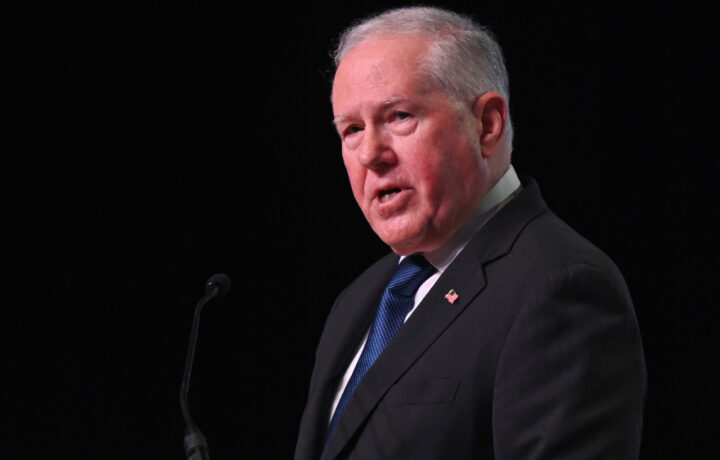Secretary of the Air Force Frank Kendall announced sweeping changes to the Air Force and Space Force saying, “We need these changes now; we are out of time to reoptimize our forces to meet the strategic challenges in a time of great power competition.” The goal is to maintain superiority amid the Great Power Competition.
Changes for Air Force and Space Force
And as Secretary Kendall stated multiple times, this change is needed now. The four main focus areas are develop people, generate readiness, project power, develop capabilities. There are 24 key decisions that are a mix of short and long-term initiatives.
1. Develop People
Not only is the Air Force and Space Force readjusting strategies on how they train people to help Airmen and Guardians, they also have a common mission-focused development and training path. The Air Force also announced the return of warrant officers in IT and cyber fields to maintain technical leadership in this ever-changing career field. The goal is to allow Airmen to stay focused on their technical skills.
2. Generate Readiness
The Air Force wants to relook and revamp how they look at readiness, ensuring leaders are ready to respond to different challenges when they arise. The main focus areas are for Air Combat Command to refocus on building up and training combatant commanders. This will change how the Air Force organizes and executes exercises while also assessing no-notice and limited-notice combat readiness. The Space Force is working to create exercises that fit within the Air Force and help support the broader level Department of the Air Force framework.
3. Project Power
The Air Force is working to create a way to be both focused on the mission at home and the mission abroad. But they are shifting the focus to ensure that the Air Force is ready to respond by creating Combat Wings and establishing a relationship with the Base Command. Combat Wings will focus on mission-level warfighting readiness while Base Commands will focus on supporting Combat Wings and operating the base in competition crises and conflict. The Air Force is also making AFCYBER a standalone Service Component Command. The Space Force is formalizing Space Force Combat Squadrons as Units of Action and completely activating the remaining Space for Service Components.
4. Develop Capabilities
The Air Force is focused on centralizing control to ensure programs are prioritized force-wide and make choices based on a strategic and analytical focus. They are creating an Air Force Integrated Capabilities Office to lead capability development and resource prioritization to drive future investments. They are also creating an Office of Competitive Activities to oversee and coordinate sensitive activities.
Two New Centers
They are also standing up two new Centers to either consolidate information or expand authority. First, the Air Force is planning to create a new Information Dominance Systems Center within the Air Force Materiel Command. The Nuclear Weapons Center is going to become the Air Force Nuclear System Center within AFMC. This change will establish a 2-star general officer as the Program Executive Officer for Inter-Continental Ballistic Missiles. Lastly, the Space Force is creating a Space Futures Command, a new field command, that develops and validates concepts, conducts experimentation and wargames, and performs mission area design.
recruiting and retaining members
The Air Force and Space Force are also concerned about recruiting and retaining members. On February 8, the Air Force opened up the Voluntary Retired Return to Active-Duty (VRRAD) program to alleviate manning shortages in the Air Force. Last year the Air Force did not meet their recruiting goal. All these new implementations may be needed to win the Great Power Competition but the Air Force and Space Force need to keep bringing in new members and retaining current members ultimately to win this fight.




